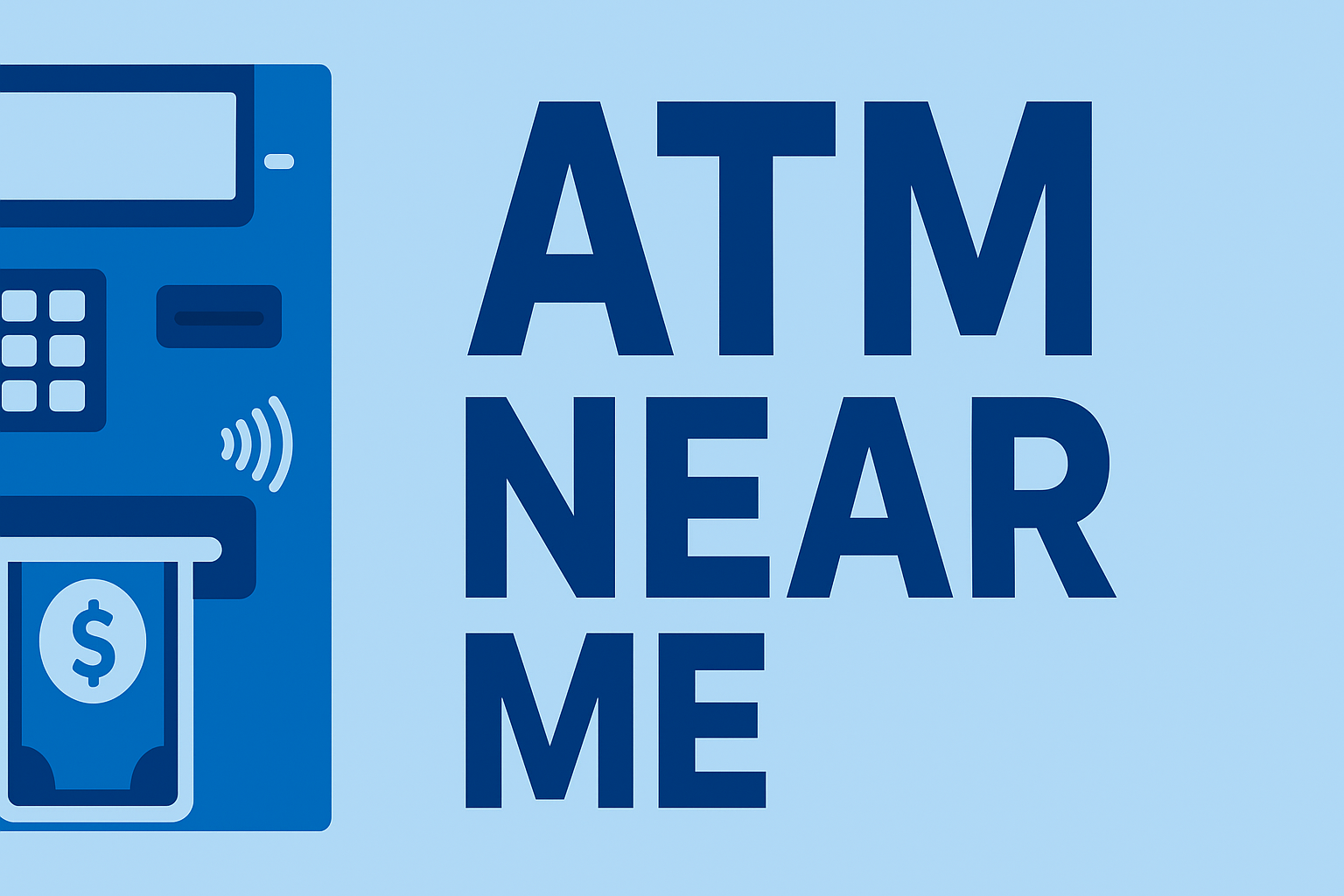Quick answer: Yes, many CVS ATMs do charge a fee—but it depends on who owns the ATM and whether your bank treats it as in-network or out-of-network. You may pay a surcharge at the machine, a separate fee from your bank, or both. With the right card and planning, you can often use CVS ATMs with reduced or no fees.
How CVS ATM Fees Work
Most CVS stores host ATMs operated by large banks or independent ATM networks. CVS itself doesn’t set the ATM fee—the ATM owner and your bank do. That’s why some customers see $0 in fees at CVS, while others pay several dollars per withdrawal.
Whenever you use a CVS ATM, there are usually two possible fee layers:
- ATM surcharge fee charged by the ATM owner (displayed on-screen before you confirm).
- Out-of-network fee charged by your bank if the CVS ATM isn’t part of its free network.
When CVS ATMs Are Fee-Free (In-Network)
For many people, CVS ATMs are in-network and fee-free. This usually happens when:
- Your bank or credit union has a partnership with the ATM network that operates inside CVS.
- Your bank’s locator app or website specifically lists a CVS ATM as “fee-free” or “in-network.”
- You have a checking account that reimburses ATM fees automatically each month.
If you’re not sure whether a CVS ATM is fee-free for you, check your bank’s mobile app or website before withdrawing. Most institutions have an ATM locator and clearly mark partnered or surcharge-free machines. You can also review our guide to surcharge-free ATMs near you for more ways to avoid surcharges.
When You’ll Pay Fees at CVS ATMs (Out-of-Network)
If the CVS ATM is not in your bank’s network, you’ll usually see fees from one or both sides:
1. ATM Surcharge Fee
This is the fee charged by the ATM owner. At CVS, you’ll typically see the surcharge amount on the screen before your transaction is processed. You’ll have the chance to accept or cancel the withdrawal.
2. Your Bank’s Out-of-Network Fee
Even if you accept the ATM’s surcharge, your bank may also charge its own out-of-network ATM fee. This amount depends on your checking account type and your bank’s fee schedule. To see the exact numbers, review your account disclosures or log in to your online banking portal.
In some cases, these two fees stack together—meaning a single CVS withdrawal could cost you several dollars in total.
How to Check CVS ATM Fees Before You Withdraw
- Look for on-screen disclosures: The ATM must show any surcharge fee before you confirm the transaction.
- Check your bank’s ATM locator: Use your bank’s mobile app or website to see if a CVS ATM is listed as fee-free or in-network.
- Check for network logos: Look for logos such as Plus, Cirrus, Allpoint, MoneyPass, or your bank’s branding on or near the machine.
- Review your account terms: Some premium or student accounts reimburse a certain number of ATM fees per month, even at CVS.
Tips to Avoid or Reduce CVS ATM Fees
You don’t have to stop using CVS ATMs altogether—just be strategic. Here are ways to lower or eliminate fees:
- Use in-network ATMs: Check your bank’s locator for CVS locations that are marked as fee-free or part of a partner network.
- Choose a bank that reimburses fees: Some checking accounts refund a set amount of ATM fees each statement cycle, no matter which machine you use.
- Get cash back at checkout: Many CVS stores allow you to request cash back with a debit card purchase, often without extra ATM fees.
- Withdraw larger, less frequent amounts: If fees are unavoidable, taking out more cash less often can reduce how frequently you pay them.
- Use surcharge-free networks: If your bank partners with a surcharge-free network, use our surcharge-free ATM finder guide to locate alternative machines nearby.
CVS ATM Fees vs. Other Retailers
CVS isn’t the only retailer where ATM fees can add up. If you regularly get cash at drugstores or convenience stores, compare:
- Do Walgreens ATMs charge a fee?
- Does 7-Eleven ATM charge a fee?
- How to avoid ATM fees (complete guide)
Understanding how different retailers and ATM networks handle surcharges can help you build habits that minimize withdrawal costs over time.
Frequently Asked Questions
Are CVS ATMs always fee-free?
No. CVS ATMs are only fee-free if they’re in your bank’s network or your bank reimburses ATM fees. Otherwise, you may pay the ATM surcharge, an out-of-network fee from your bank, or both.
How can I see the fee before I’m charged?
The ATM will show any surcharge amount on-screen before your withdrawal is processed. You can cancel the transaction if you don’t want to pay the fee.
Does CVS itself charge the ATM fee?
In most cases, the fee comes from the ATM operator (a bank or network) and from your card issuer, not directly from CVS. CVS simply hosts the machine in its stores.
Can I avoid CVS ATM fees altogether?
Yes—by using in-network ATMs, choosing an account that reimburses fees, or requesting cash back at checkout instead of using the ATM.
Related Guides
- How to Avoid ATM Fees: A Complete Guide
- Surcharge-Free ATM Near Me
- Does 7-11 ATM Charge a Fee?
- Outsmarting ATM Surcharges at Walgreens, CVS & more
Updated November 2025 — Information provided for general educational purposes. Always confirm fees with your bank and the ATM operator before withdrawing.
